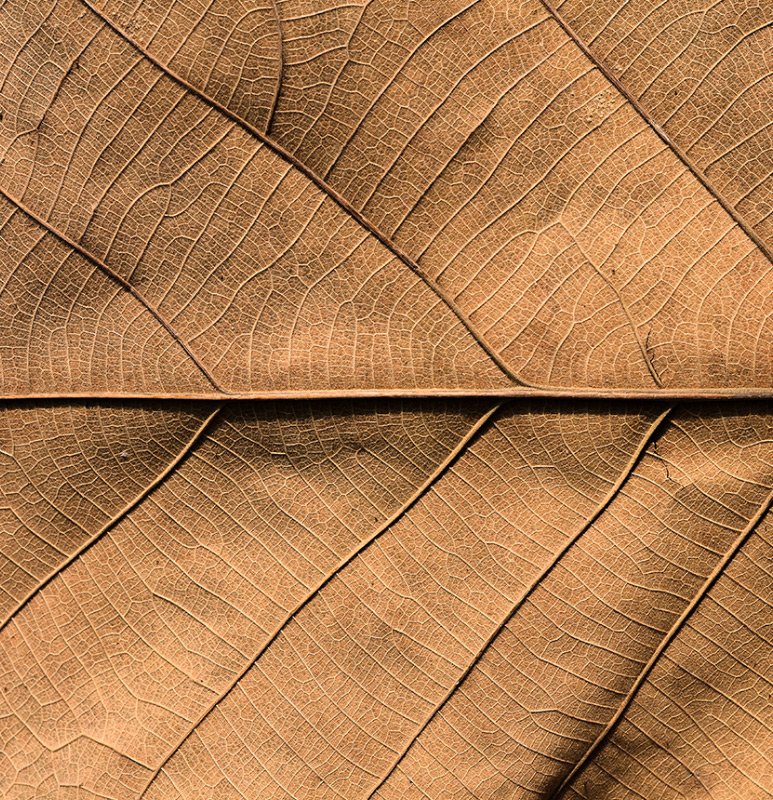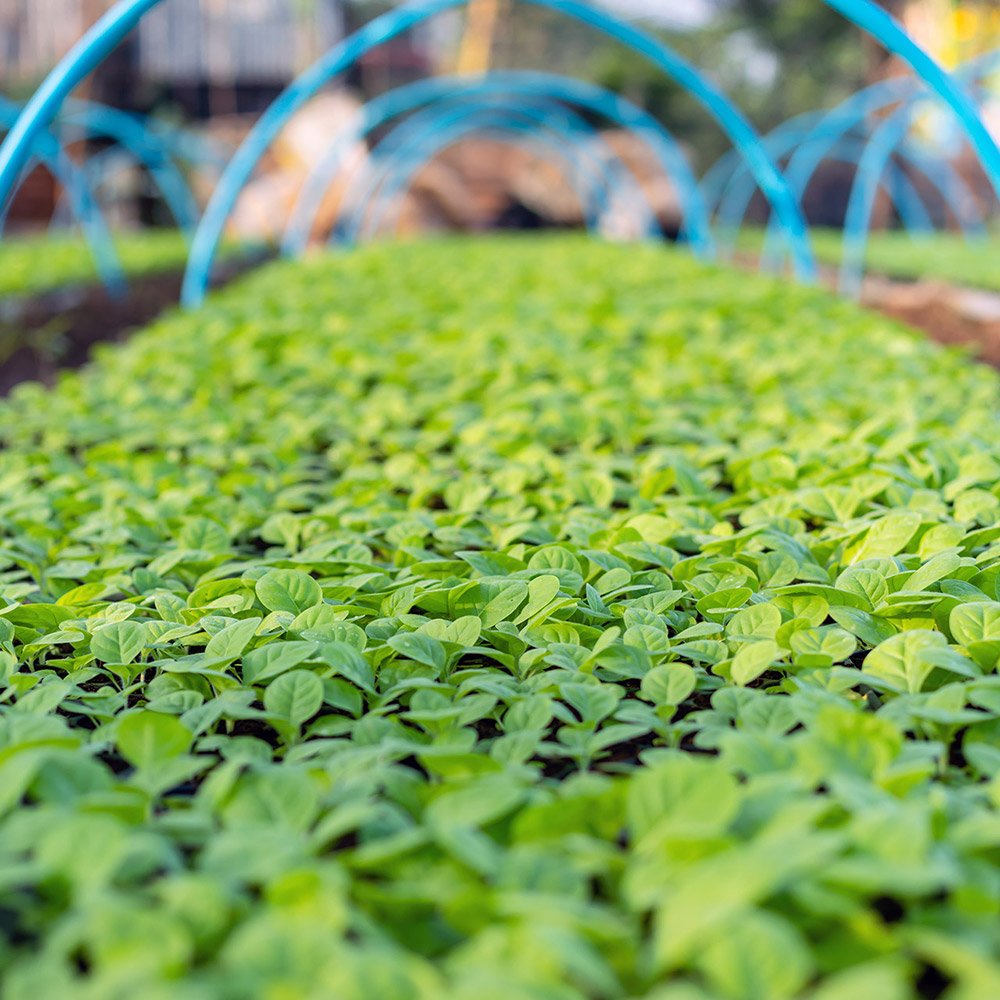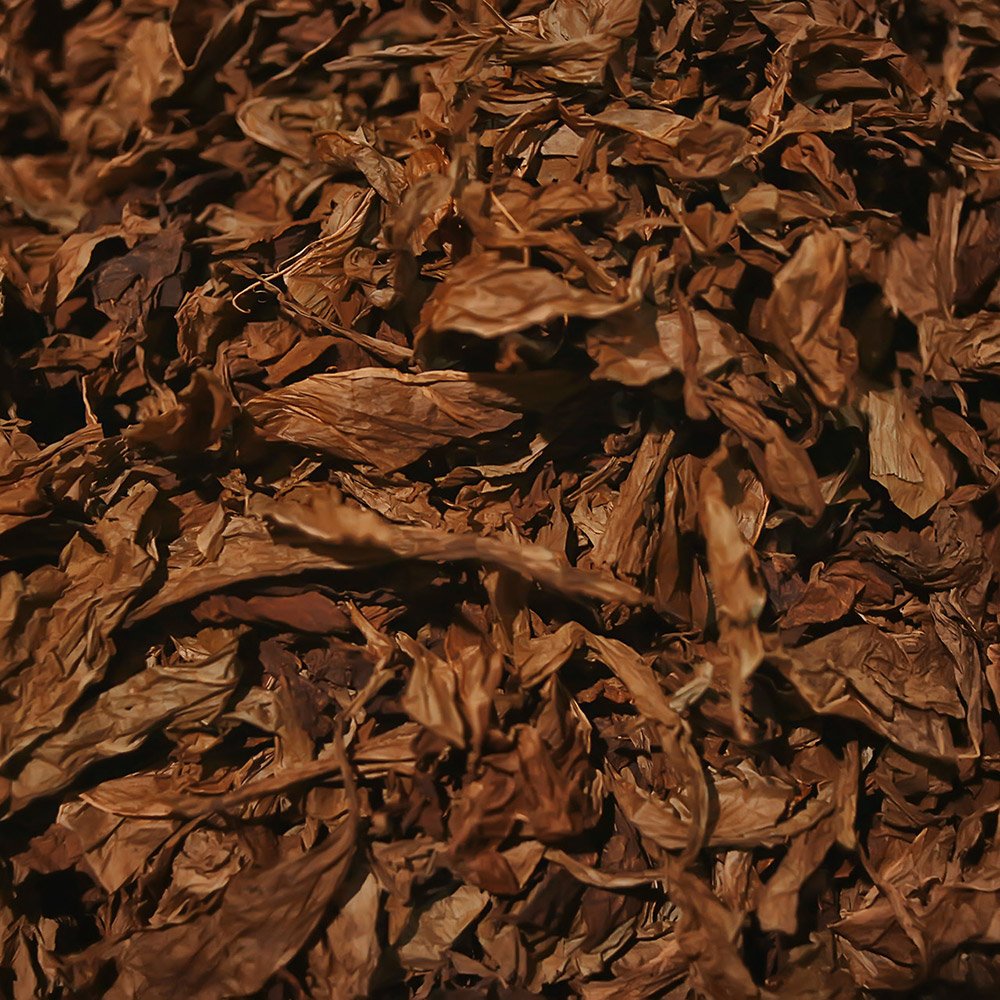Semi Fermentation of Black Chopadiya
The semi-fermentation process for Black Chopadiya tobacco is a unique method that lies between traditional curing and full fermentation. This process is designed to intensify the tobacco's flavor and aroma without losing the natural characteristics of the leaf. Semi-fermentation typically involves a combination of moisture, heat, and air control, transforming the chemical makeup of the leaves and enhancing their appeal.




